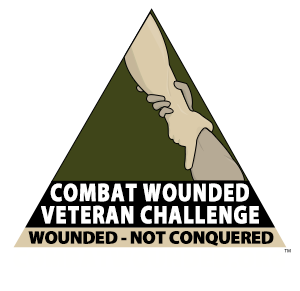 Where is Aconcagua?
Where is Aconcagua?
According to Wikipedia, “Aconcagua is the highest mountain in the Western and Southern Hemispheres at 6,960.8 metres (22,837 ft). It is located in the Andes mountain range, in the province of Mendoza, Argentina, and lies 112 kilometres (70 mi) northwest of its capital, the city of Mendoza. The summit is also located about 5 kilometres from San Juan Province and 15 kilometres from the international border with Chile; its nearest higher neighbor is Tirich Mir in the Hindu Kush, 16,520 kilometres (10,270 mi) away. It is one of the Seven Summits.
Aconcagua is bounded by the Valle de las Vacas to the north and east and the Valle de los Horcones Inferior to the West and South. The mountain and its surroundings are part of the Aconcagua Provincial Park. The mountain has a number of glaciers. The largest glacier is the Ventisquero Horcones Inferior at about 10 km long, which descends from the south face to about 3600 m altitude near the Confluencia camp. Two other large glacier systems are the Ventisquero de las Vacas Sur and Glaciar Este/Ventisquero Relinchos system at about 5 km long. The most well-known is the north-eastern or Polish Glacier, as it is a common route of ascent.
The mountain was created by the subduction of the Nazca Plate beneath the South American plate during the geologically recent Andean orogeny; but it is not a volcano. The origin of the name is contested; it is either from the Arauca Aconca-Hue, which refers to the Aconcagua River and means “comes from the other side”,the Quechua Ackon Cahuak, meaning “‘Sentinel of Stone”, or Quechua Anco Cahuac, “White Sentinel” or the Aymara Janq’u Q’awa, “White Ravine”, “White Brook”. ”
Why are we climbing it?
Because it’s there!!
Our Challenge Warriors are climbing Aconcagua in 2015 to conduct research on prosthetic limbs, residual limbs, traumatic brain injuries (TBI) and post traumatic stress (PTS).
What will be researched during the Challenge?
The prosthetists and other members of the research team will test prosthetics in extreme and unique conditions, the effects extreme conditions (long climb, high altitude, extreme temperatures, etc.) will have on traumatic brain injuries and post traumatic stress related issues. Their research will improve prosthetics (components and technology) for amputees and contribute to treatment options for those suffering from post traumatic stress and a traumatic brain injury.


Recent Comments